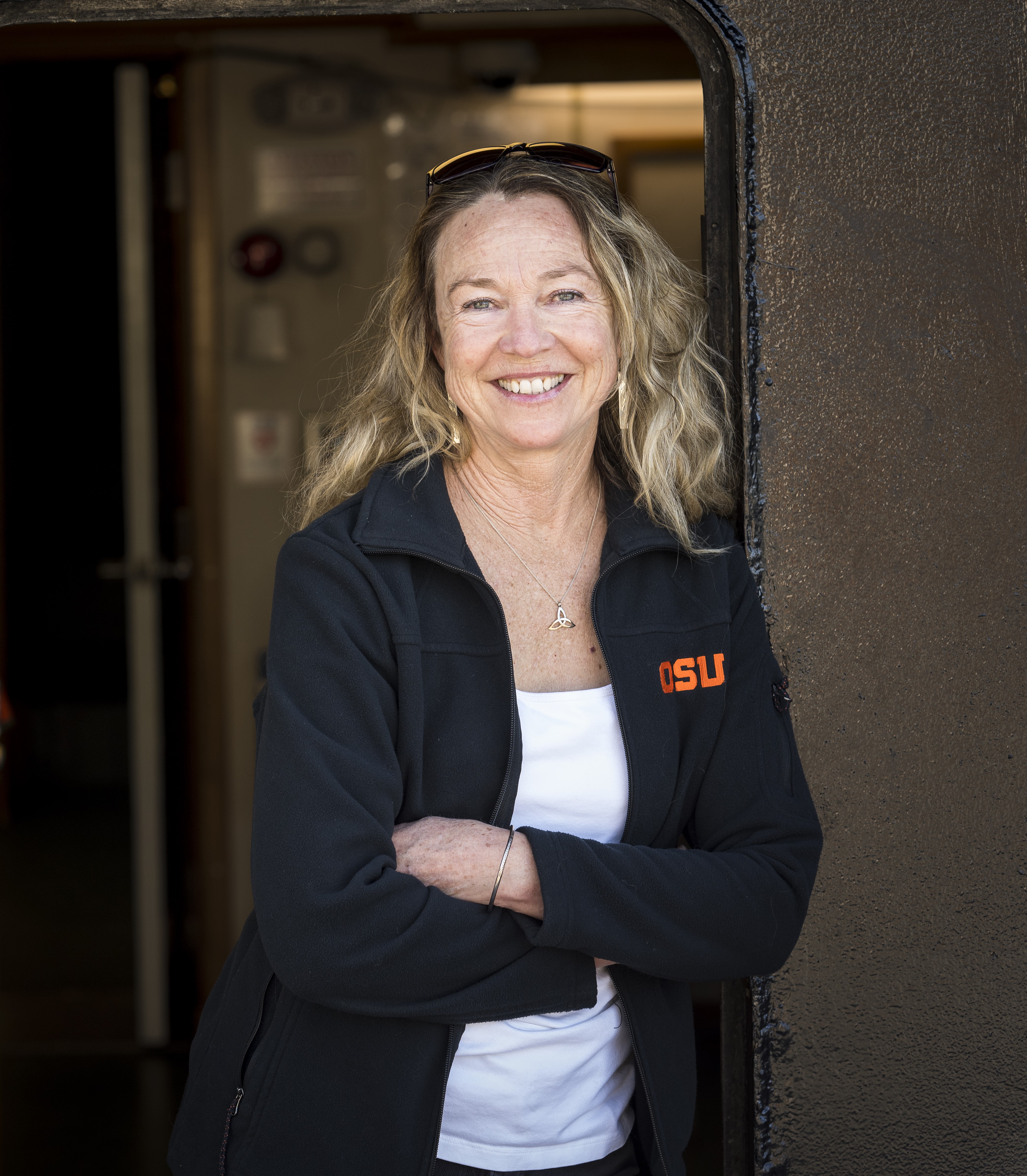Josh Stewart describes how declining food production in the Arctic is preventing gray whales from recovering from the recent Unusual Mortality Event.
- About
- Education
- Outreach
- Research
- Centers of Excellence
- Cetacean Conservation and Genomics Lab
- Geospatial Ecology of Marine Megafauna Lab
- Laboratory for Animal Behavioral Interaction Research in the Ocean
- Marine Mammal Bioacoustics and Ecology Lab
- Marine Mammals and Offshore Wind
- Ocean Ecology Laboratory
- Oregon Marine Mammal Stranding Network
- Vessel
- Ways to Help
- Whale Plate
- Staff & Student Resources

